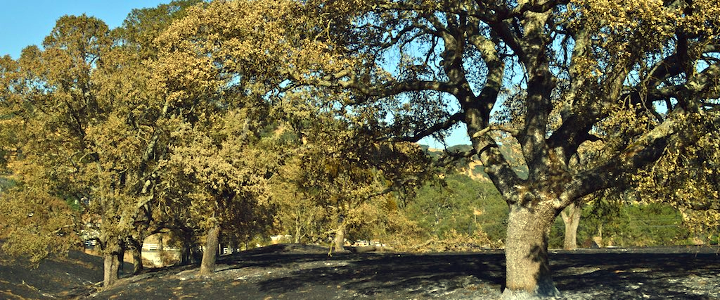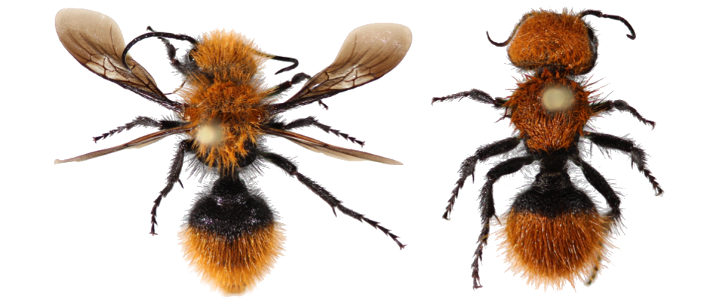Insects make up much of the animal life on Earth and understanding why they are so diverse and successful is fundamental to understanding biodiversity. Insects are well known for producing many different chemical compounds that are essential for their communication. Some chemicals allow them to locate mates, others allow them to organize activities within the nest or hive, and many others protect insects from predators. This project is taking the first in-depth look into molecular evolution of one of the most remarkable chemical defense systems found in nature – the explosive, hot spray of the bombardier beetles. This project will test a hypothesis as to how the bombardier evolved this ability. Read more
Bombardier beetle research and public information projects






